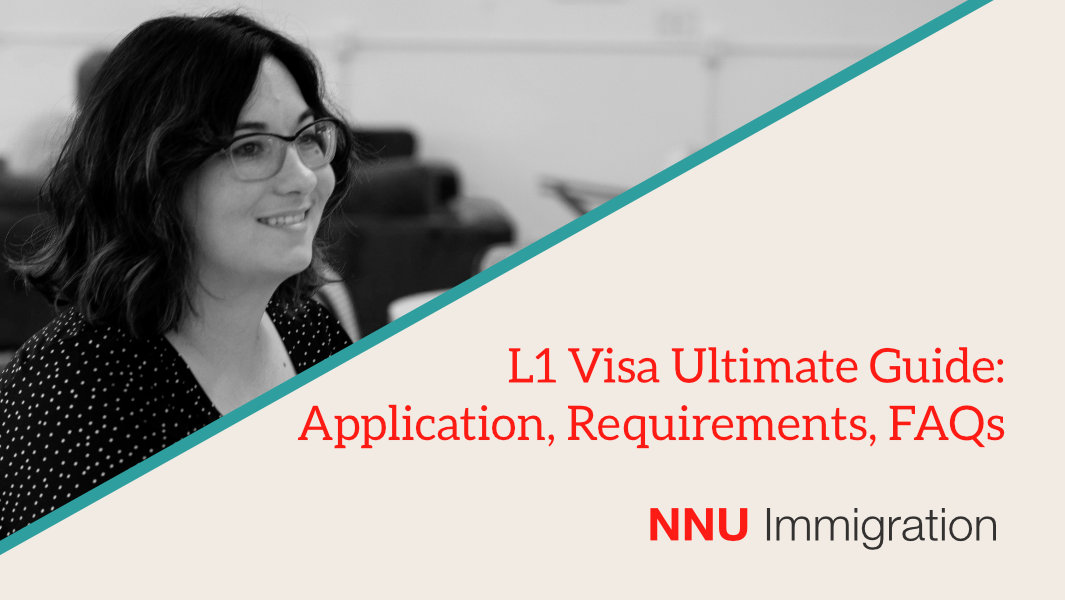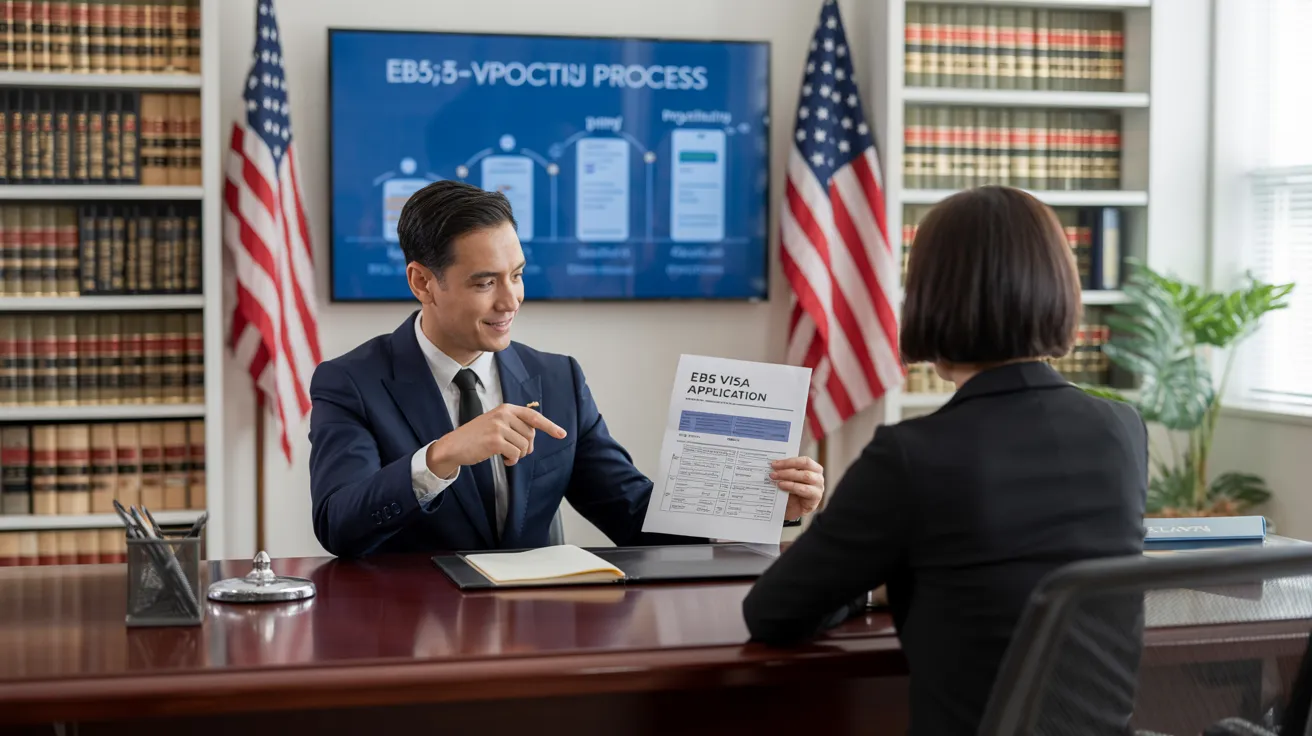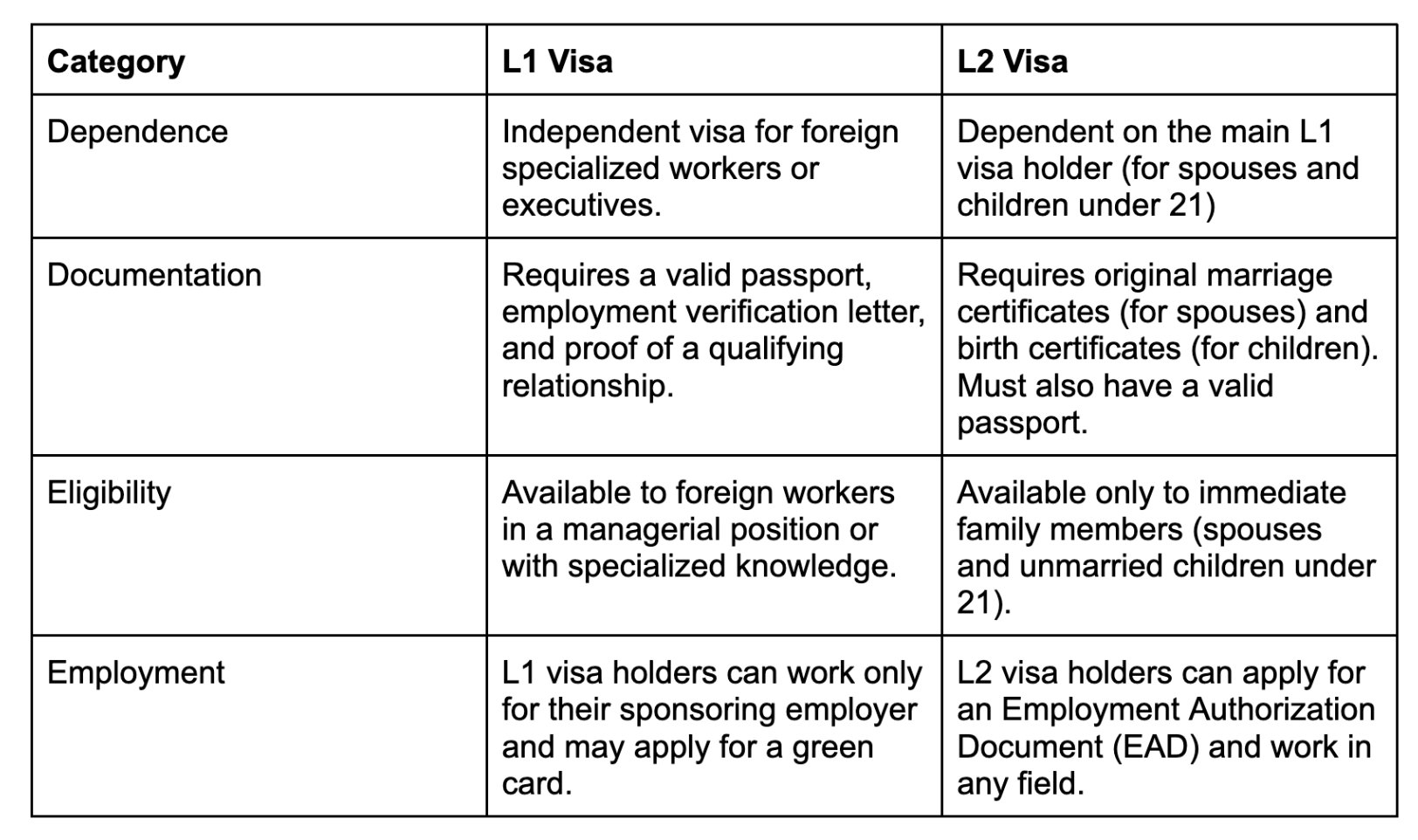The Best Strategy To Use For L1 Visa
Table of ContentsL1 Visa Things To Know Before You Get ThisThe Only Guide for L1 VisaL1 Visa Can Be Fun For EveryoneL1 Visa Fundamentals ExplainedHow L1 Visa can Save You Time, Stress, and Money.10 Simple Techniques For L1 Visa
Available from ProQuest Dissertations & Theses Global; Social Science Premium Collection. (2074816399). (PDF). Congress. (PDF). DHS Office of the Inspector General. (PDF). (PDF). "Nonimmigrant Visa Statistics". Retrieved 2023-03-26. Department of Homeland Protection Office of the Inspector General, "Evaluation of Vulnerabilities and Potential Abuses of the L-1 Visa Program," "A Mainframe-Size Visa Technicality".
United State Department of State. Retrieved 2023-02-08. Tamen, Joan Fleischer (August 10, 2013).
What Does L1 Visa Mean?
In order to be eligible for the L-1 visa, the foreign business abroad where the Recipient was utilized and the U.S. business need to have a qualifying relationship at the time of the transfer. The different kinds of qualifying connections are: 1.
Instance 1: Company A is integrated in France and utilizes the Recipient. Firm B is incorporated in the U.S. and wishes to seek the Recipient. Business A possesses 100% of the shares of Company B.Company A is the Moms And Dad and Firm B is a subsidiary. There is a certifying connection in between the two business and Firm B must be able to sponsor the Recipient.
Example 2: Company A is included in the united state and wishes to seek the Recipient. Firm B is incorporated in Indonesia and uses the Beneficiary. Business A has 40% of Business B. The continuing to be 60% is had and managed by Firm C, which has no connection to Firm A.Since Company A and B do not have a parent-subsidiary relationship, Business A can not sponsor the Recipient for L-1.
Firm A possesses 40% of Business B. The remaining 60% is had by Firm C, which has no relation to Business A. Nevertheless, Firm A, by formal agreement, controls and full takes care of Business B.Since Company An owns less than 50% of Company B but manages and regulates the firm, there is a certifying parent-subsidiary relationship and Company A can fund the Beneficiary for L-1.
L1 Visa Fundamentals Explained
Affiliate: An affiliate is 1 of 2 subsidiaries thar are both owned and regulated by the exact same moms and dad or individual, or possessed and controlled by the exact same team of people, in generally the same ratios. a. Instance 1: Company A is included in Ghana and utilizes the Beneficiary. Business B is integrated in the united state
Firm C, additionally incorporated in Ghana, owns 100% of Business A and 100% of Company B.Therefore, Firm A and Firm B are "affiliates" or sister companies and a qualifying connection exists between the 2 business. Company B need to have the ability to sponsor the Beneficiary. b. Example 2: Firm A is included in the united state
Company A is 60% owned by Mrs. Smith, 20% owned by Mr. Doe, and 20% possessed by Ms. Brown. Firm B is included in Colombia and presently utilizes the Beneficiary. Business B is 65% had by Mrs. Smith, 15% possessed by Mr. Doe, and 20% owned by Ms. Brown. Company A and Firm B are associates and have a certifying partnership in 2 various ways: Mrs.
The L-1 visa is an employment-based visa group established by Congress in 1970, permitting international companies to move their supervisors, executives, or vital workers to their united state operations. It is commonly referred to as the intracompany transferee visa. There are two main types of L-1 visas: L-1A and L-1B. These types appropriate for staff members hired in various settings within a business.

Additionally, the recipient must have operated in a supervisory, executive, or specialized employee placement for one year within the three years preceding the L-1A application in the international firm. For new workplace applications, foreign employment needs to have remained in a managerial or executive capacity if the beneficiary is coming to the USA to function as a manager or exec.
L1 Visa - The Facts

If approved for an U.S. firm functional for greater than one year, the initial L-1B visa is for up to 3 years and can be expanded for an additional 2 years (L1 Visa). On the other hand, if the U.S. firm is recently established or has been functional for less than one year, the initial L-1B visa is released for one year, with expansions offered in two-year increments
The L-1 visa is an employment-based visa group developed by Congress in 1970, enabling international firms to move their supervisors, execs, or key employees to their U.S. operations. It is frequently described as the intracompany transferee visa. There are 2 main sorts of L-1 visas: L-1A and L-1B. These kinds appropriate for employees worked with in different positions within a company.
Not known Factual Statements About L1 Visa
In addition, the beneficiary has to have operated in a managerial, exec, or L1 Visa law firm specialized worker placement for one year within the three years preceding the L-1A application in the foreign business. For new office applications, international employment should have been in a managerial or executive ability if the recipient is involving the United States to work as explore your L1 Visa a manager or executive.
for approximately seven years to supervise the procedures of the united state associate as an exec or supervisor. If provided for a united state firm that has actually been operational for more than one year, the L-1A visa is initially approved for as much as 3 years and can be prolonged in two-year increments.
If approved for an U.S. company operational for greater than one year, the preliminary L-1B visa is for up to 3 years and can be prolonged for an additional two years. Conversely, if the U.S. firm is freshly established or has been functional for much less than one year, the preliminary L-1B visa is released for one year, with extensions available in two-year increments.